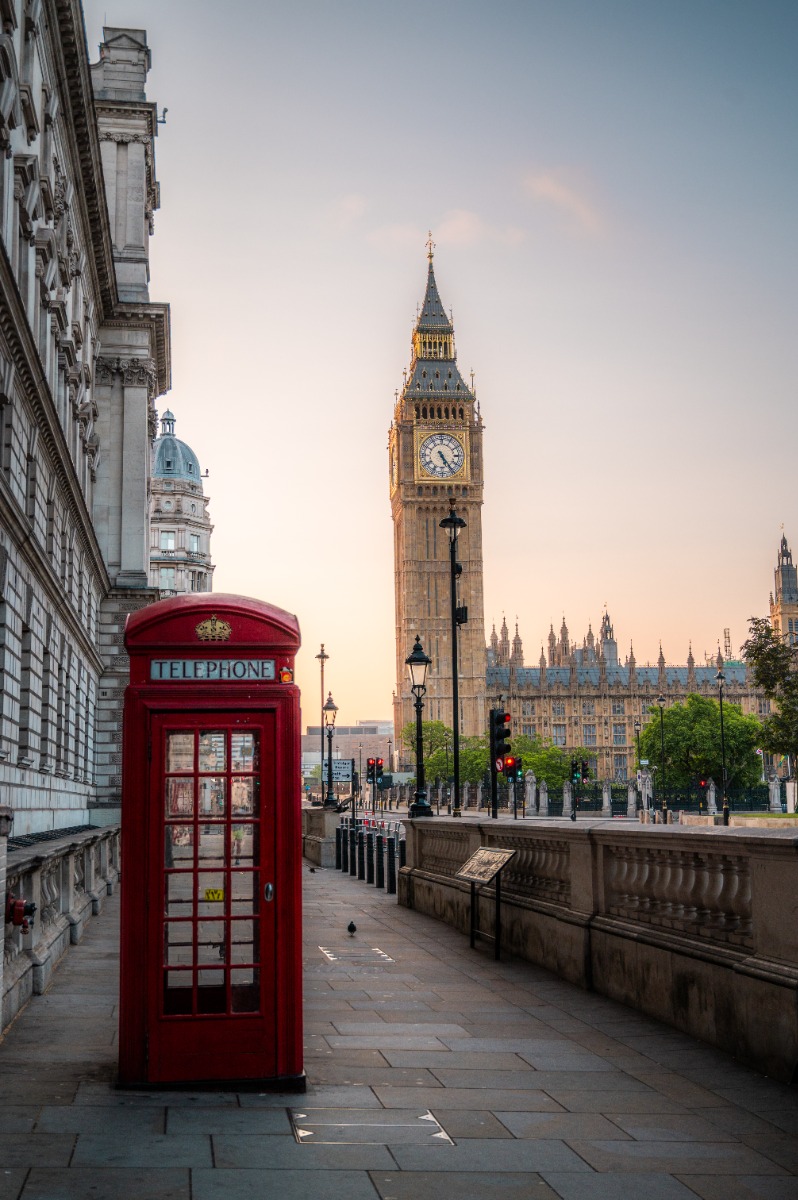In the rich tapestry of 19th-century British art, Dante Gabriel Rossetti emerges as a figure of profound complexity and brilliance. His life and work, woven through with themes of romance, beauty, and a deep-rooted medievalism, continue to enchant and inspire. As we delve into Rossetti's world on Lithobee's Inspiration Blog, we not only celebrate his artistic genius but also explore his intricate connection with William Morris, another titan of the era. Together, their legacies continue to influence the art prints we cherish and share at Lithobee, inviting us into a realm where beauty knows no bounds.

Rossetti's artistic journey began at the Royal Academy, but it was his subsequent studies at the Antique School of the Royal Academy that proved pivotal. Here, he met William Holman Hunt and John Everett Millais, with whom he would found the Pre-Raphaelite Brotherhood (PRB) in 1848. The PRB marked a revolutionary moment in British art, advocating for a return to the detailed, complex, and colourful styles of Quattrocento Italian art, before what they considered the corrupting influence of Raphael.
It was during this period that Rossetti's path crossed with that of William Morris, a meeting that would forge a lasting friendship and collaborative partnership. Their shared love for medieval lore, art, and culture cemented a bond that deeply influenced their respective works. Rossetti became a frequent visitor to the Red House, Morris's home, which stood as a beacon of Arts and Crafts movement ideals, filled with murals, stained glass, and furnishings that Rossetti and Morris designed together. This collaboration was not just a meeting of minds but of hearts, passionately committed to the revival of craftsmanship and beauty in the face of industrialisation.
Rossetti's body of work is a testament to his multifaceted talents, encompassing painting, poetry, and illustration. His works are imbued with a sensuous mystique, often featuring women with haunting beauty and symbolic motifs drawn from literature and mythology. Perhaps one of Rossetti's most enduring contributions to art was his ability to convey emotion and narrative depth, seen in masterpieces such as "Proserpine" and "Beata Beatrix". These paintings reflect Rossetti's fascination with Dante Alighieri's works, a connection underscored by his own name.
Beyond his visual art, Rossetti's poetry resonates with the same lush imagery and medieval romanticism. His literary contributions, notably in the collection "Poems" (1870), further cemented his reputation as a central figure in the Aesthetic Movement, which advocated for art's sake, free from moral or social messages.
Rossetti's influence on William Morris and the broader Arts and Crafts Movement cannot be overstated. His commitment to beauty, intricate craftsmanship, and the blending of art into everyday life mirrored Morris's ethos. Together, their works laid the foundations for a resurgence of interest in handcrafted art, an appreciation for the aesthetic qualities of objects, and a vision for a world where art and beauty are integral to daily existence.
At Lithobee, we are proud to carry on the tradition of celebrating the artistry and vision of Dante Gabriel Rossetti. His connection with William Morris not only shaped the course of British art but also continues to inspire the selection of art prints we offer. Each piece is a gateway to the past, a reminder of the timeless nature of beauty, and a call to find wonder in the world around us.
In revisiting the life and times of Dante Gabriel Rossetti, we are reminded of the power of art to transcend time, to connect us with the past, and to inspire future generations. His legacy, alongside that of William Morris, encourages us to seek out beauty in all its forms, to appreciate the craft behind the creation, and to infuse our lives with the spirit of artistry that defines their enduring work.



